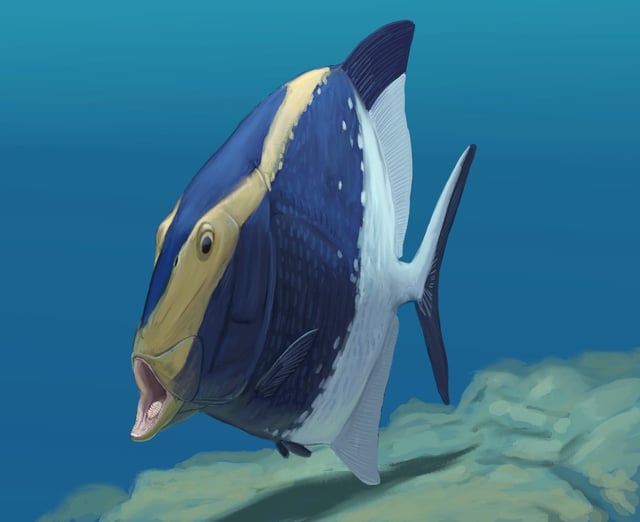Overview
- The specimen, Platysomus parvulus, preserves opposing tooth plates on the palate and gill skeleton that functioned as a tongue-bite apparatus.
- High-resolution CT imaging of the exceptionally three-dimensional fossil enabled a digital reconstruction of hidden oral anatomy.
- The arrangement includes a narrow upper plate and multiple lower plates with pointed teeth, interpreted as a transitional stage toward later specialists such as Bobasatrania.
- The finding pushes the earliest evidence for tongue bites in ray-finned fishes back by about 150 million years and implies broader feeding strategies than jaw biting alone.
- The peer‑reviewed study, led by Sam Giles with Matthew Kolmann and Matt Friedman, appears in Biology Letters with support from the Royal Society, the NSF, and NERC.
